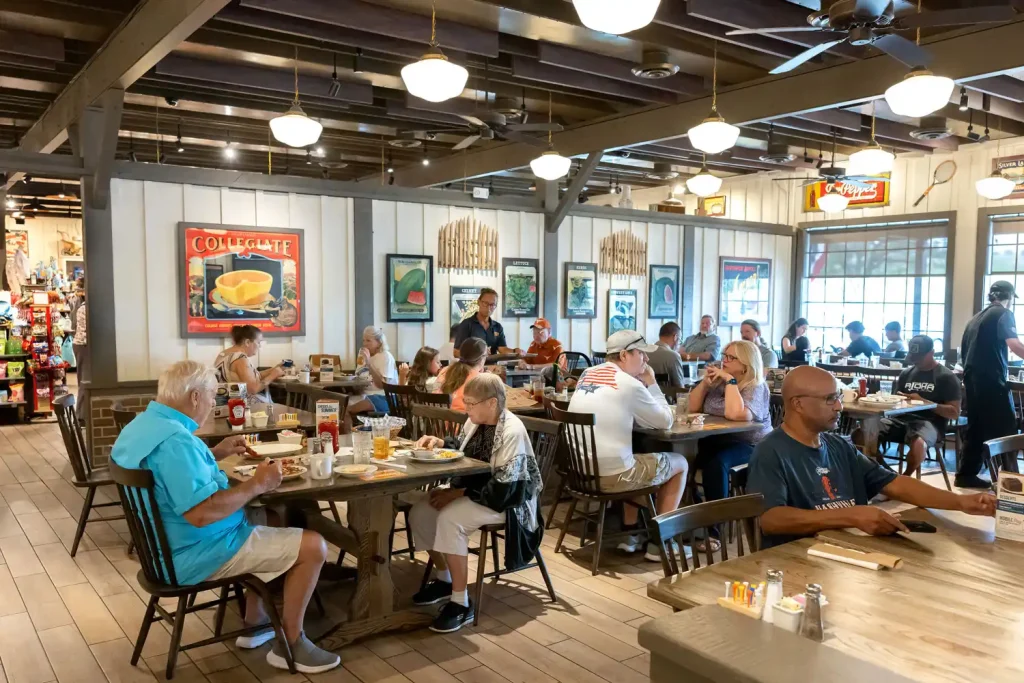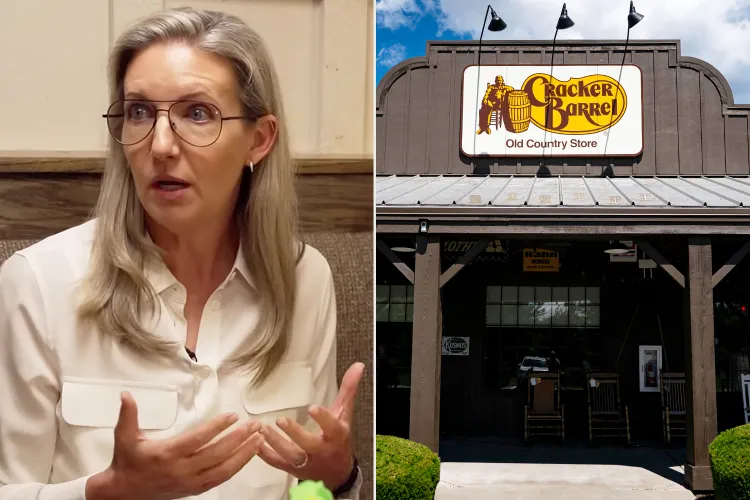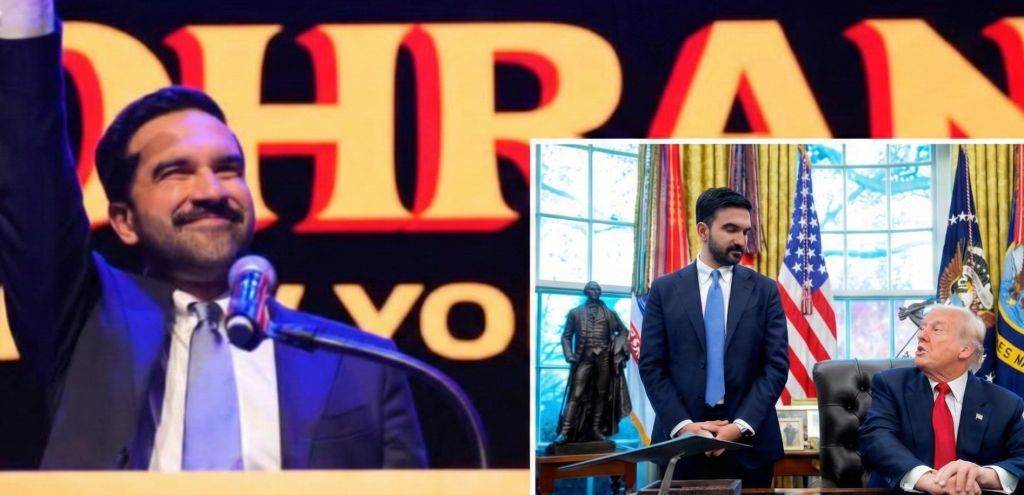Cracker Barrel’s CEO Breaks Silence on Nationwide Backlash, Saying She Felt “Fired by America” After the Chain’s Controversial Redesign Sparked Outrage
When Cracker Barrel announced that it would be rolling out a new, modernized version of its beloved restaurants, the company expected conversation, curiosity and maybe even cautious optimism. What it didn’t expect was a wave of passionate backlash so strong that CEO Julie Felss Masino now says she felt “fired by America.” It’s an emotional admission from the head of a brand that holds a uniquely nostalgic place in American culture — part restaurant, part roadside refuge, part memory bank for generations of families who made Cracker Barrel a symbol of comfort and tradition.

Masino opened up about the experience during a recent interview, where she described the redesign effort as an attempt to gently bring the chain forward without losing what she calls “the soul of the brand.” But the public response, she admits, showed her just how deeply people feel about Cracker Barrel — far more deeply than she ever imagined when she began the modernization initiative.
The chain, founded in 1969, has always been associated with a very specific atmosphere: the wooden rocking chairs on the front porch, the checkerboard tables, the stone fireplaces, the cast-iron skillets, the shelves of old-fashioned candy and quirky souvenirs. For many, the charm lies in its refusal to change, in the stability and predictability of its old-country identity. Cracker Barrel is one of the rare national brands that feels like it belongs to everyone — transplanted not from a corporate headquarters, but from the warm memory of a family road trip.
So when photos of the new redesign surfaced, featuring lighter colors, simplified décor, and sleeker finishes, longtime fans quickly reacted. Some felt the makeover was too modern. Others worried the chain was abandoning its iconic rustic roots. And many, Masino says, believed the company was chasing trends instead of honoring tradition.

Listening to the feedback was difficult, she admits, not because she resisted criticism, but because she hadn’t expected the level of emotion behind it. “It felt like getting fired by America,” she told interviewers, describing the flood of comments, viral social-media posts, think pieces, and fierce debates across online communities. She explained that the company had spent years studying guests’ needs, testing design updates, and ensuring nothing felt too foreign or too far from the classic Cracker Barrel experience. But the reality of public reaction — especially from a brand with such a loyal following — was a lesson in how quickly people notice even small shifts in the place they consider a communal staple.
Masino spoke at length about the weight of that disappointment, the feeling that the company had unintentionally broken a bond with customers who, for decades, felt personally connected to the brand. “We weren’t trying to take anything away,” she said. “We were trying to make it better — more comfortable, more functional, more accessible. But people saw something different. And it made me stop and think about just how much Cracker Barrel really means to Americans.”
She also acknowledged that the outrage revealed a deeper truth about the country’s relationship with nostalgia. In a world that feels increasingly fast, digital, and unrooted, places like Cracker Barrel serve as emotional anchors — constants in an evolving landscape. Many customers did not simply see a redesign; they saw the world shifting again, one more beloved tradition being remade into something unfamiliar.
Masino described the emotional toll of navigating that reaction, especially as a leader tasked with steering the company through growth and modernization. She said she spent sleepless nights reading comments, paying attention not only to the criticisms but to the fears behind them: fears of losing authenticity, fears that America’s classic gathering spaces were being replaced by trend-driven, minimalist concepts, fears that the heart of the chain was slowly being erased.

But she also noted that the backlash created an opportunity for Cracker Barrel to listen more closely to its guests than ever before. The company paused additional redesign rollouts and sought more extensive feedback, asking customers to weigh in on what changes felt comfortable, what felt unsettling, and what mattered most when they walked through those familiar front doors.
Masino said that hearing guests describe the brand’s meaning in their lives made her emotional. Families told stories about traveling cross-country and stopping at Cracker Barrel as their “roadside home.” Older guests shared memories of decades-old traditions tied to the chain. Parents and grandparents explained how they introduced their children to the brand as if it were a rite of passage. “It wasn’t just feedback,” Masino said. “It was storytelling. And it reminded us why we have to move carefully.”
She reiterated that modernization was never about erasing the past — but she understands now how easy it is for changes to be misunderstood when the sentimental value is so high. The chain is now working on adjustments that honor that feedback, blending small updates with beloved elements that customers refuse to let go of. Masino explained that the goal is to keep the brand familiar while allowing it to evolve in ways that enhance, not replace, its character.
There were some practical considerations behind the redesign too. Masino explained that the updates included better seating, accessibility improvements, more efficient layouts, and changes that allowed kitchens and dining rooms to function more smoothly during peak hours. These were not changes customers would immediately notice, she said, but they mattered to staff who had to move quickly, safely, and effectively. The modernization effort aimed to support employees as much as guests.
Still, the CEO admits the public response taught her a lesson in humility and communication. She said that future changes will come more slowly, with more explanation and transparency. Cracker Barrel, she emphasized, belongs as much to its guests as to its corporate leadership, and decisions involving the brand’s identity must reflect that shared ownership.
Masino also spoke about the personal feelings of rejection that came with the criticism — something she said surprised her. As a CEO, she expected to handle tough decisions, debates, and the occasional backlash. But what she hadn’t anticipated was the emotional sting of having people interpret the changes as a betrayal of tradition. “It was a weight I didn’t expect,” she said. “It made me question everything. It made me rethink every decision. But it also reminded me that people only react that strongly when they really care.”
She said the experience ultimately made her more determined to preserve the chain’s heart while still guiding it into the future. She described the company’s next steps not as a retreat into old ways but as a recalibration — a way to respect the past without freezing in time.
For now, Cracker Barrel is carefully listening, gathering feedback, and slowly adjusting. Masino’s hope is that guests will eventually see that the goal was never to take away the charm that defines the chain. Instead, she wants people to know that her team is working to protect that charm for decades to come.
As she put it, “If people feel fired up, it’s because they care. And if they care, that means this brand still matters in a really special way.”
In the end, Masino says, being “fired by America” — even just figuratively — was painful, humbling, and unexpectedly clarifying. It reminded her not only of the responsibility she carries as CEO but of the emotional connection woven into every rocking chair, every porch display, every framed photograph on the walls, and every plate of country-style comfort food served to millions of guests each year.
Cracker Barrel may be modernizing, but it’s doing so with a clearer understanding of what cannot be touched — the feeling of home the brand has offered for more than half a century.



